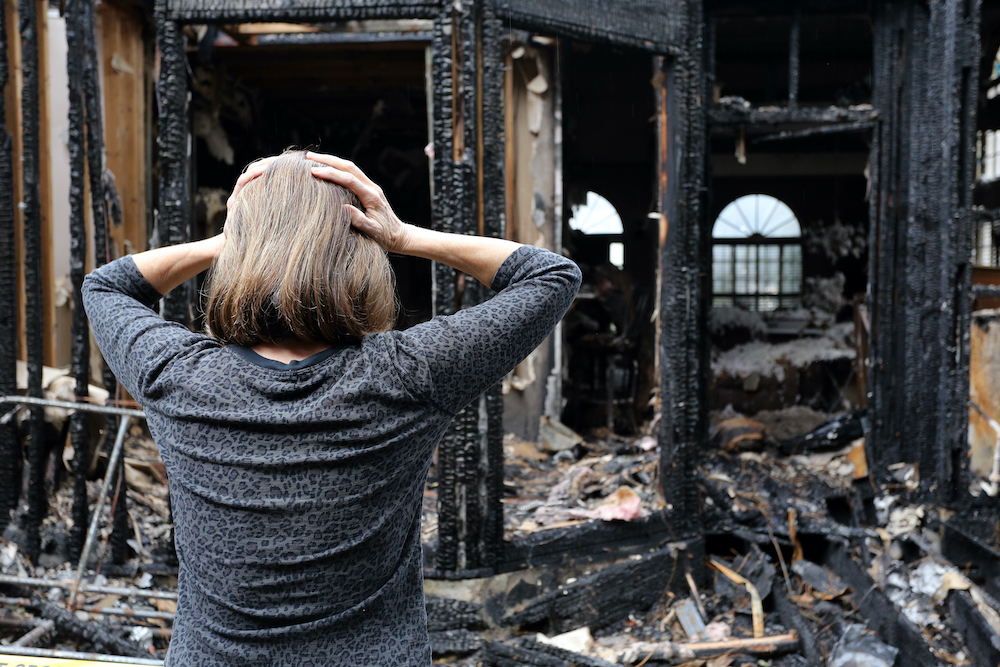Did you know excess dry leaves in your gutters can be compared to stacking tins of petrol on your roof in a bushfire?
If your home is not prepared, it can also pose an increased risk to your neighbour’s property.
We are still in the midst of the fire season in Queensland, it is important to stay vigilant about your bush fire preparation plan.
Who is most at risk in Brisbane and surrounds?
If your home is near an area of vegetation, or ‘green belt’ as the firefighters call it, you could be more at risk.
Areas such as this include The Gap, Mt Nebo, Mt Glorious, as well as locations further north of Brisbane. Vicinities surrounded by shrubbery and vegetation can prove to be very challenging landscapes for firefighters for a number of reasons.
Accessibility can be an obstacle in rural localities. Firefighters generally use their smaller 4WD vehicles to access rural areas. Unsealed roads will not accommodate the big tankers. Unsealed roads quickly turn to mud when they come into contact with water, and the big vehicles will become bogged.
Accessing a reliable water supply can also be difficult. Many homes in rural areas use off-grid water. This can prove to be a challenge as if the firefighters have to use the smaller vehicles; they can only hold a certain amount of water.
Bushfires are notoriously unpredictable, so the best way to prepare is to plan ahead, implementing as many preventative strategies as possible.
What should people do around their home to prepare?
The following points below are recommended by fire authorities:
- Ensure there is easy entry and room for firefighting vehicles to access your property.
- Make sure paths to your property are clear from combustible matter such as dead branches, dry leaves etc.
- Invest in a hose that reaches all the way around the house.
- Make sure your gutters are clean and free from debris that will act as fuel for flames in the event of a bushfire.
- Trim overhanging trees.
- Regularly mow your grass.
- Make sure your house number can be easily seen by emergency services.
- Consider planting fire resistant trees around your home. Certain trees are more prone to igniting than others and it is possible for embers or sparks from trees to travel large distances. Cyprus, pines, and eucalyptus for example contain flammable oils in their leaves that readily burn. While there are no ‘fire proof’ trees, you can look for species that contain moisture in their leaves. Avoid trees with stringy, rough bark that easily comes loose.
- Use non-flammable mulches around the house such as gravel, pebbles and shells. Avoid using combustible woodchip mulches where possible near your house.
- Review and practice your Bushfire Survival Plan regularly.
For further information on how to plan, the Queensland Government Rural Fire Service website is a valuable resource.
The good news is you can take steps to prepare for a bushfire and make your house less vulnerable to an ember attack.
What if there is a fire that ignites in your gutters?
Firstly, it is advisable to contact emergency services. Firies say if you are both PRACTISED and PREPARED, then you can get a hose onto it yourself from the ground. You need to wear long-sleeve clothing and protective gear. If you are not prepared and have not practiced a plan, fire authorities say to LEAVE. One of the best preventions is a clean gutter as if an ember was to land there, it may just self-extinguish – alleviating all worry.






